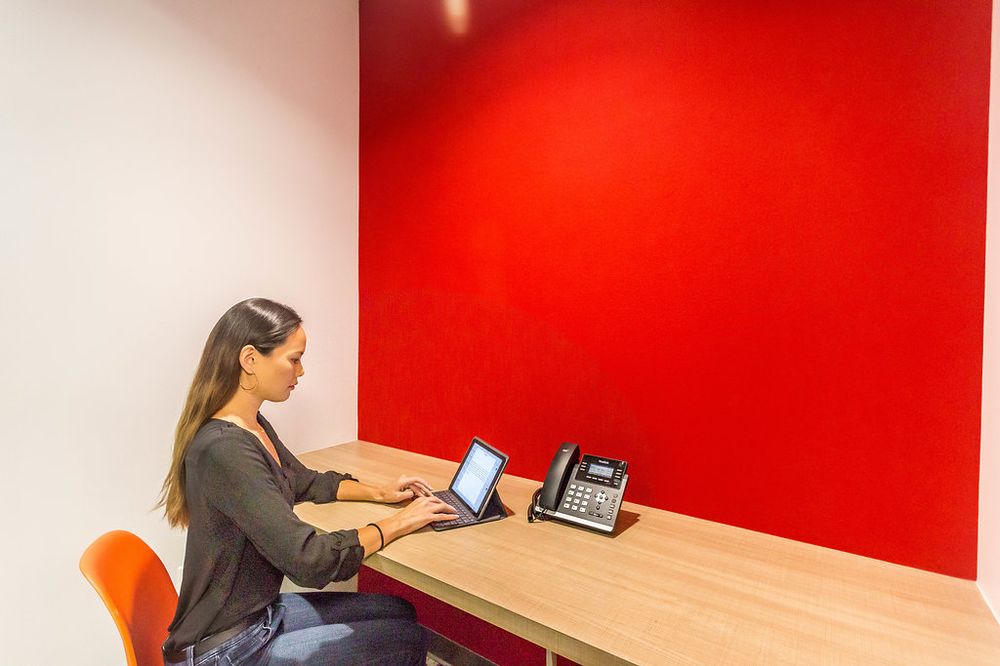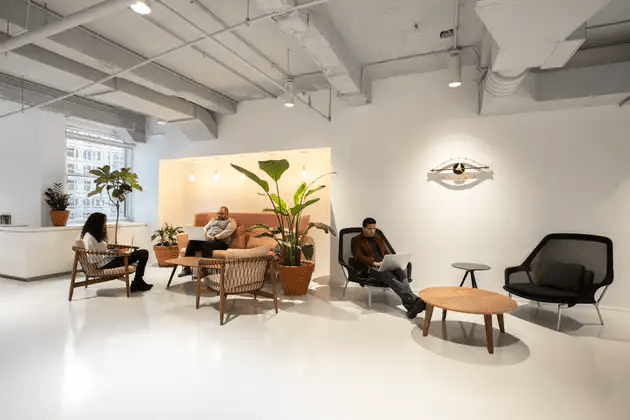
The process of searching for an office space rental can both be daunting and exhausting. Unlike most items that you buy today, looking for an office space takes more than a simple google search. The complexity of the site selection, as well as the lease negotiation process, requires thorough research to make sure you are making the right choice for your employees and your business or company.
The office space is more than just four walls and a ceiling. It is a space where your team can collaborate, interact, network, and grow. So where do you begin in finding the best office space? This guide will walk you through every step and every factor you need to consider in looking for a commercial office space to rent.
Step 1: Define your office space requirements.

Before looking for office space, it is crucial to understand first exactly what your needs are in terms of office space. You need to consider how much square footage your company requires, your preferred locations, what amenities you want, your preferred lease terms, and of course, the budget you’ll be working with. Identifying these things allows you to narrow down your options.
Traditional vs Shared Office Space
Another factor you need to consider is what type of office space you need. Although some employees are returning to the physical office, there are still limits on how many people are allowed within the building. Hence, some businesses are adopting flexible office space solutions, such as shared spaces or coworking spaces. This type of work setup is fast becoming popular among companies looking for flexibility, especially during this period of economic uncertainty. The work culture is changing and you need an office space that can accommodate these changes.
Though traditional office leases might provide cost benefits in the long run, companies may find themselves locked into long-term contracts, preventing them from adjusting to the changing needs of the business. A flexible workspace solution, on the other hand, allows companies to simplify costs, remain agile, and decentralize workers.
Step 2: Estimate your budget.
To get an idea of your rental budget, check out your local area’s average rental cost per square foot or meter, then multiply it by the size of the space that your business needs. As a rule of thumb, each person takes up about 150 square feet, and an additional 30% for shared spaces. This number will also grow bigger to allow for social distancing.
Aside from the size of the office space, you should also consider the cost of utility charges and any maintenance fees required for the upkeep of the common areas of the building, including elevators, entrances, and lobbies. These common area maintenance (CAM) fees account for as much as 30% of the total lease cost.
Step 3: Find your office space.

There are several ways to search for an office space, but it is important to make sure that you check out all the options available in the market. This might be time consuming, but it is a critical step before you can decide which is perfect for you.
You need to do a little more legwork to find the information that you need. So we’ve listed here some of the best ways to search for available office space.
Look around for signs.
The simplest method is to look for leasing signs around you. When you go to the office or to the mall, look for For Rent signs on commercial buildings. You should see signs outside of the building if there is an available space, with the leasing agent’s contact information. So if you see a building you might be interested, just call the number on the ad.
However, if you want to lease an office in another location, it is a great idea to explore that specific area as well.
Use brokerage websites or work with a commercial real estate broker.
Commercial Real Estate Websites such as osDORO have listing pages on their website for all of the properties that they represent. Each page includes photos of the property, as well as available spaces and building location. Some will even indicate their asking rental rates, floorplans, amenities, demographic info, and other details.
Checking out each of these websites is an effective way to learn about the available office spaces each company has to offer. The only problem with this is that you need to know all of the real estate companies active in your area and spend some time visiting each website while you build your own comparisons between all the spaces.
If you don’t have the time to do the search alone, working with a commercial real estate broker should make things easier for you. A broker can narrow down your options to only include those properties that fit requirements for size, budget, and location. Working with a broker can also save you time and money.
osDORO has local concierge to help you find the best office space for your business. Our concierge will be able to provide accurate recommendations according to your requirements because they know the local market very well.
Step 4: Tour the office space you’re interested in.

After you’ve created a shortlist of potential office spaces, it’s time to arrange a tour with the listing agent. Research information about the building, including its history, construction, and amenities, so that you can check whether everything is as promised.
This is your chance to check out the building’s general condition and the surrounding area. Make sure to ask the leasing agent about the building’s utilities, such as electricity, heating and cooling, and water.
Step 5: Negotiate your lease or agreement.
Commercial lease agreements are not as simple as residential lease agreements. It can be tricky to handle some aspects of the negotiation if you’re doing it on your own. But keep in mind that one of the key functions of an office lease is to clearly split the operational costs between the tenant and the landlord. There are different ways to divide these expenses, so make sure to familiarize yourself with the different types of commercial real estate leases.
Finally…
Once you’ve decided on the office space that you want to rent, double check everything to make sure there is nothing you’ve overlooked. Read the fine print and consult with a broker if necessary.

Enterprise software development experience. More recently in positions including CTO, Lead Developer and Head of Product in Australia. Deep expertise in property and legal technology in Australia with a specialty in lead generation and tech scalability across Asia-Pacific.